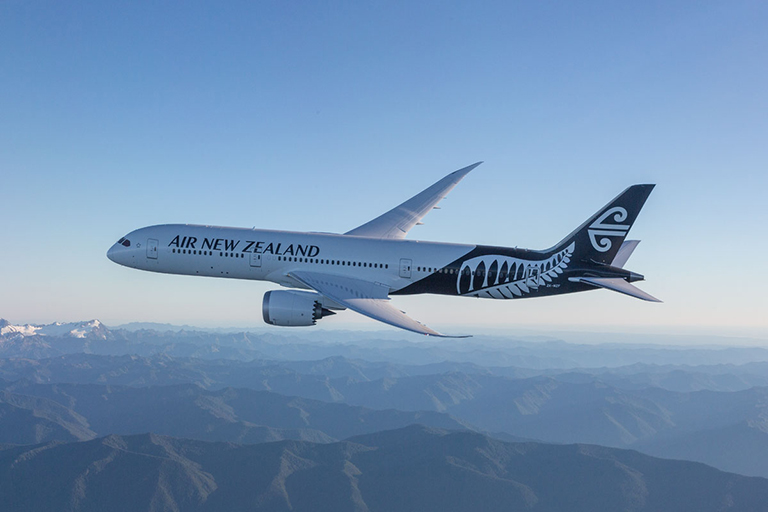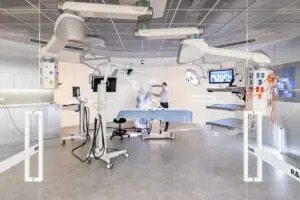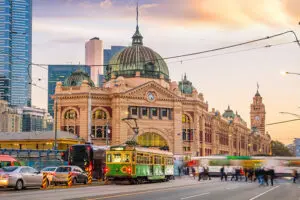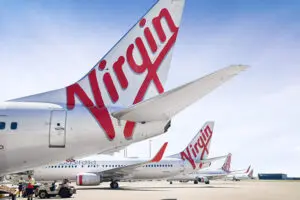Up to 11 of Air New Zealand’s aircraft were out of service during the year due to engine maintenance challenges, which are global.
With maintenance issues reducing the airline’s seat capacity, passenger revenue was down by two per cent to NZ$5.9 billion.
Before-tax earnings were down around 15 per cent from NZ$222 million in the 2023-2024 financial year to NZ$189 million for the 2024-2025 financial year. The airline estimates engine availability issues cost the company $165 million in earnings.
On the upside, fuel costs were significantly down – by NZ$208 million – and the company’s Kia Mau strategy netted it $100 million in “benefits”.
However, Air New Zealand also flagged six per cent year-on-year operational cost inflation of NZ$235 million, coming from higher landing charges, labour costs and engineering materials. The airline believes these inflation costs will continue.
“This is a solid result in a year where the airline faced real operational and economic pressure,” said Air New Zealand’s chair, Dame Therese Walsh.
“It speaks to the capability of the team, the robustness of the business, and the financial discipline that Greg [Foran] has instilled during his time as CEO. While near-term challenges remain, our balance sheet is strong and our strategy is clear.”
Foran is set to depart the business next month, with Air New Zealand’s current chief digital officer, Nikhil Ravishankar, set to take over on October 20.
“Greg has led the business through an extraordinary period. He’s been clear, considered and focussed, and leaves Air New Zealand in a position of real strength,” said Walsh.
Reflecting on his last financial results announcement with the airline, Foran said Air New Zealand carefully managed the disruptions caused engine maintenance and concentrated on what it could control.
“We acted early and decisively, securing additional engines and aircraft, and optimising our schedule to keep customers moving,” said Foran.
“While this came at a significant cost, it was the right decision to deliver for our customers and maintain network stability.
Although the maintenance issues are expected to improve, Foran warned that the improvement was some way off.
“We are confident in the medium-term recovery path but note the next year will likely be every bit as constrained as the last. Unfortunately, there are no quick fixes, and navigating the next two years will require the same focus and discipline we’ve shown to date,” he said.
“While we’re not through it yet, we are seeing early signs that the most acute phase of disruption will be behind us within the year. The path to recovery won’t be linear, but we’re approaching it with focus and discipline.”
In the current financial year, Air New Zealand is pressing ahead with fleet renewal, both through retrofits of its existing Boeing 787 aircraft and the delivery of new aircraft.
“We know what needs to happen to lift our financial performance. Good progress is already underway, and it will become increasingly evident as the network scales back up and our transformation work continues,” said Foran.
“While we aren’t yet seeing signs of recovery in the local economy, we remain confident that demand will return, and that we’re well placed to respond when it does.
“The year ahead will still have its challenges.
“System-wide aviation costs will be around NZ$85 million higher, driven by increased air navigation fees, passenger levies and landing charges.
“Engine constraints will also remain a factor.
“But we’ve got the right strategy, a strong balance sheet, and a team that continues to deliver with heart, and that gives us real confidence in what lies ahead.”




















